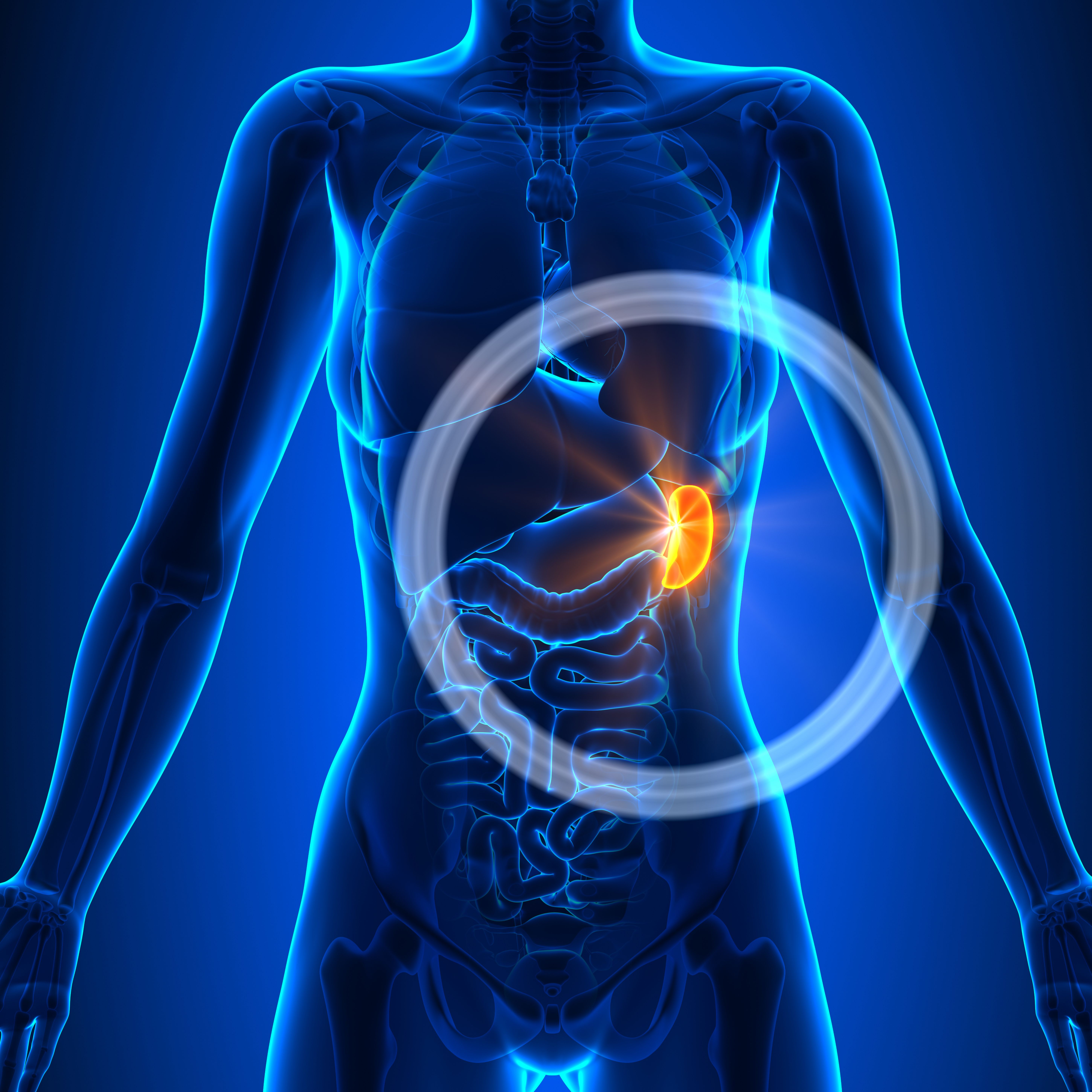Among patients with myelofibrosis, a 10-day treatment with subcutaneous Dacogen (decitabine) resulted in responses among a third of patients, researchers have reported.
In a multicenter phase 2 trial, 21 patients with myelofibrosis received 0.3 milligrams per kilogram of subcutaneous Dacogen per day, resulting in an overall response rate of 33%, or seven patients, with a median duration of response of seven months, researchers reported in study results published in Blood Advances.
“The arsenal of currently available treatments for [myelofibrosis] is limited and primarily supportive,” researchers wrote in the study. “Our results add to the prior limited experience with [Dacogen] in [myelofibrosis] in the chronic phase and provide, to our
knowledge, the first prospective evidence supporting the feasibility and efficacy of a low-dose, extended schedule of subcutaneous [Dacogen] in this population.”
Glossary:
Myelofibrosis: a blood cancer involving the formation of scar tissue in the bone marrow.
Subcutaneous: under the skin.
Cytopenia: low blood cell count.
Overall response rate: patients who responded partially or completely to treatment.
International Prognostic Scoring System risk score: a way of describing how fast a disease is likely to progress.
Baseline fetal hemoglobin level: the hemoglobin present at birth.
Splenomegaly: enlargement of the spleen.
Partial response: a decrease in cancer in the body in response to treatment.
Anemia: low level of healthy red blood cells.
Neutropenia: low count of neutrophils, a type of white blood cell.
Thrombocytopenia: a low count of platelets.
Febrile neutropenia: when a patient experiences a fever and neutropenia.
Hypocalcemia: a low level of calcium.
Elevated alkaline phosphatase: an indicator of liver or bone issues.
Hyperglycemia: high blood sugar.
Hypoalbuminemia: a low level of albumin.
Researchers noted that factors including a high International Prognostic Scoring System risk score, high baseline fetal hemoglobin level and sustained decrease in circulating CD34+ cell counts were associated with patients’ response to Dacogen.
Twenty-one patients, with a median age of 67 and 57% of whom were male, were enrolled between January 2005 and May 2008. Twelve patients were experiencing transfusion-dependent anemia at the start of treatment, 18 patients had splenomegaly upon examination and 14 patients had undergone some form of prior treatment for myelofibrosis, researchers explained in the study.
Dacogen, according to the Cleveland Clinic, is a chemotherapy medication that reduces the growth of cancer cells.
Among the seven patients who responded to treatment, the median time to response was two months, with all responders showing an improvement in preexisting cytopenias after treatment.
According to the 2013 revised International Working Group response criteria, among the seven responders one would have met the requirements for a partial response, four patients would have had an anemia response, and of the four with an anemia response two would have also met the criteria for a spleen response.
Researchers stated that 101 treatment cycles were administered across 21 patients, with a median of four cycles administered per patient and 18 of the 21 patients completing at least two cycles of therapy.
Most patients were documented as experiencing drug-induced myelosuppression, with 71%, or 15 patients, experiencing grade 3 (severe) or 4 (life-threatening) neutropenia, 76%, or 16 patients, experiencing grade 3 or 4 anemia and 62%, or 13 patients, experiencing grade 3 or 4 thrombocytopenia. Ten patients, or 48%, experienced febrile neutropenia, and five patients, or 24%, experienced prolonged marrow suppression that necessitated a dose reduction.
The most common nonhematologic adverse events included fatigue (13 patients, 62%), hypocalcemia (eight patients, 38%), anorexia (eight patients, 38%), elevated alkaline phosphatase (seven patients, 33%), hyperglycemia (seven patients, 33%), hypoalbuminemia (seven patients, 33%) and infection (seven patients, 33%).
Grade 3 and 4 nonhematologic toxicities included infection (four patients) and bleeding (three patients) with one death due to sepsis in a patient with baseline blast phase myelofibrosis.
“In summary, the results of this prospective study demonstrate the potential of the 10-day schedule of low-dose subcutaneous [Dacogen] therapy to treat cytopenias associated with [myelofibrosis],” researchers wrote. “This therapy is associated with low rates of nonhematologic toxicities, but myelosuppression was a common side effect and suggests the need for future investigation of alternative doses and schedules of administration.”
Reference:
“A multicenter phase 2 clinical trial of low-dose subcutaneous decitabine in myelofibrosis” by Dr. Chenyu Lin et al., Blood Advances.
For more news on cancer updates, research and education, don’t forget to subscribe to CURE®’s newsletters here.




